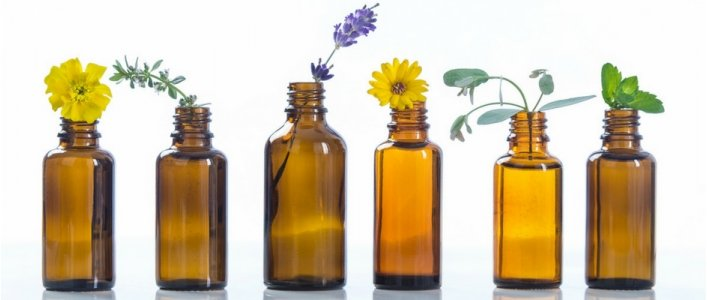
What are Terpenes?
Terpenes, or terps, are found not only in cannabis and hemp plants, but are plentiful in daily life. You can smell it in your garden or when you take a walk or in your favorite perfumes. They are compounds that are found in plants to lure pollinators or to protect themselves from predators. There are hundreds of different terpenes around and probably more that are still to be discovered. Terpenes can give physiological effects as well as having their own unique flavor and aroma.
Types of Terpenes & Their Effects
There are many terps around, but here we will list the most common:
MYRCENE
Myrcene occurs naturally in cloves, lemongrass, thyme, and hops. Myrcene could have motor relaxant properties, antinociceptive and sedative properties.
LIMONENE
Naturally in citrus fruits like lemons, limes, and oranges. Limonene may have anti inflammatory properties and can reduce stress.
HUMULENE
Humulene is found in hops, ginseng, sage, cloves, and basil. il. It may have antibacterial, anti-inflammatory and antitumor properties.

LINALOOL
Linalool is present in lavender, cinnamon, birch, and coriander. It may alleviate symptoms related to depression and anxiety as well have analgesic properties.
PINENE
Pinene is most common in pine needles, rosemary, basil, and sage. It may have gastroparetic abilities and anti-inflammatory properties.
BETA–CARYOPHYLLENE
This terpene is found in black pepper, cinnamon, rosemary, oregano, and cloves. β–Caryophyllene is the only terpene known to directly interact with CB2 receptors. It has may have antimicrobial and antioxidant properties as well as aiding in pain management.
Entourage effect
Cannabis and hemp products with these types of terpenes are believed to help create what’s known as the “entourage effect.” This is a theory holds those substances in cannabis, like CBD and THC, have synergistic effects that make the overall CBD product more effective.
How do you know what Terpenes are in your product?
The most fool proof way to check what Terps are in your product is to check the COAs. The COA will include a phytocannabinoid profile listing levels of CBD, THC, and other cannabinoids, as well as terpenes.


